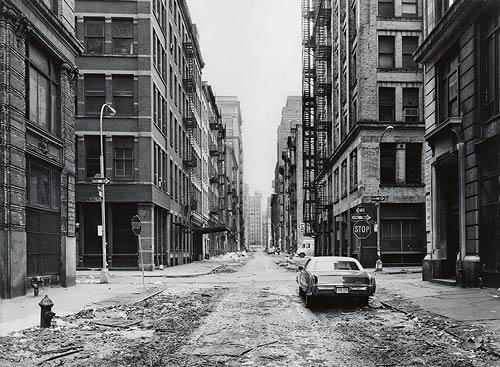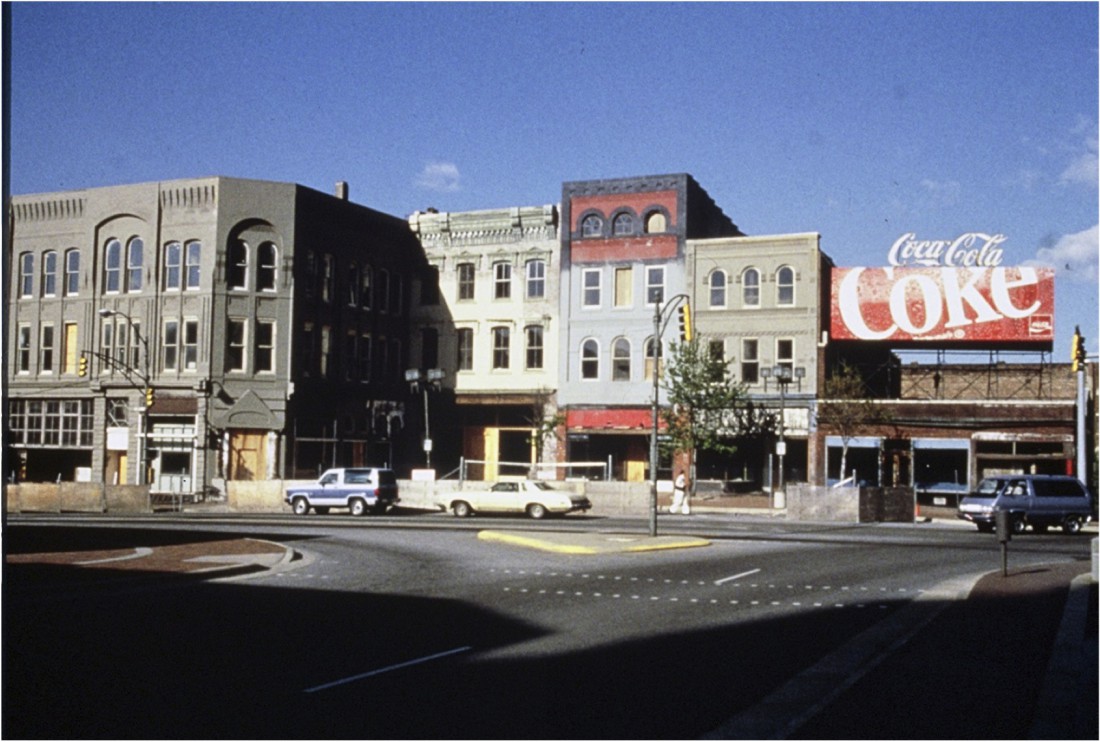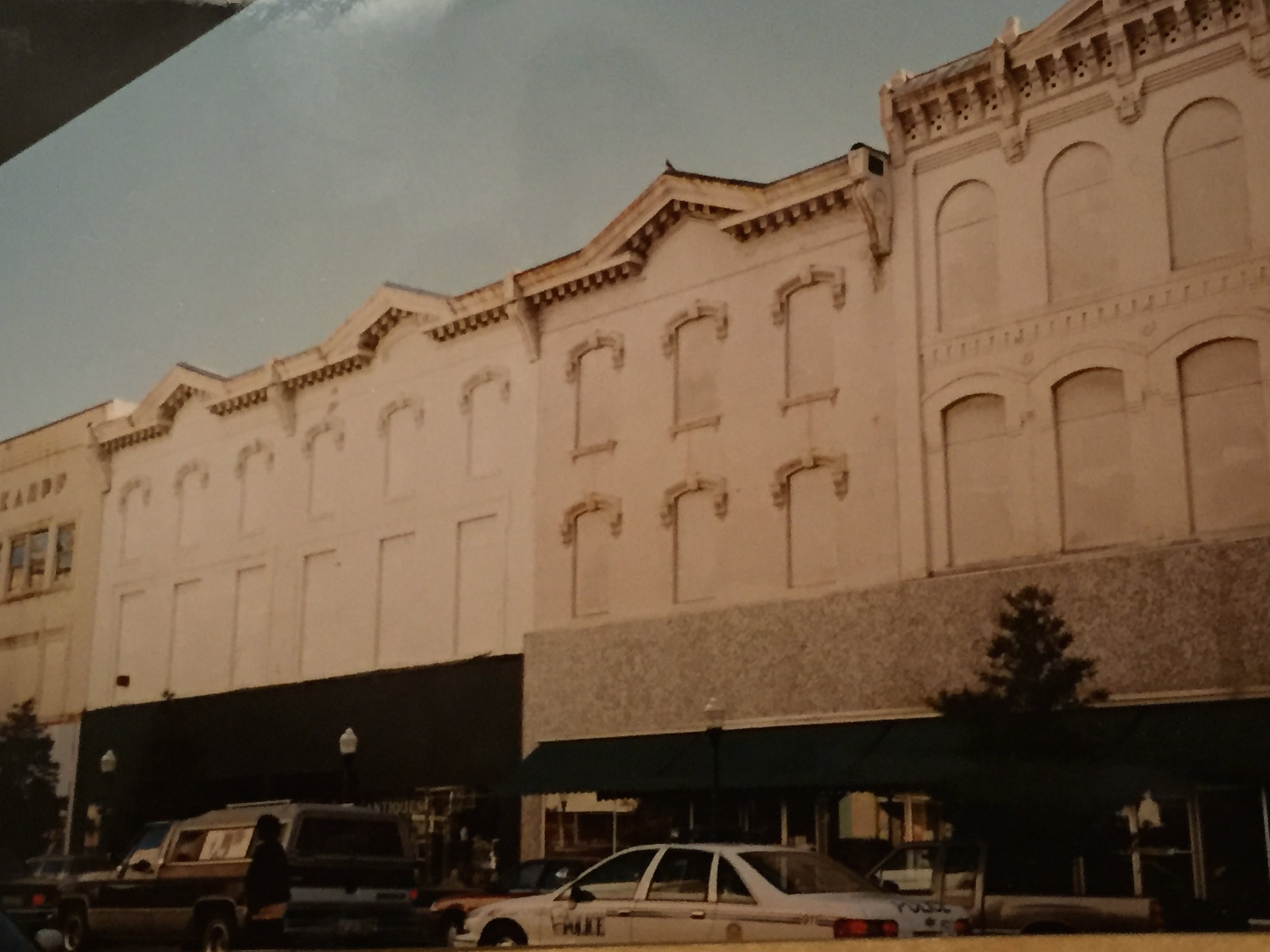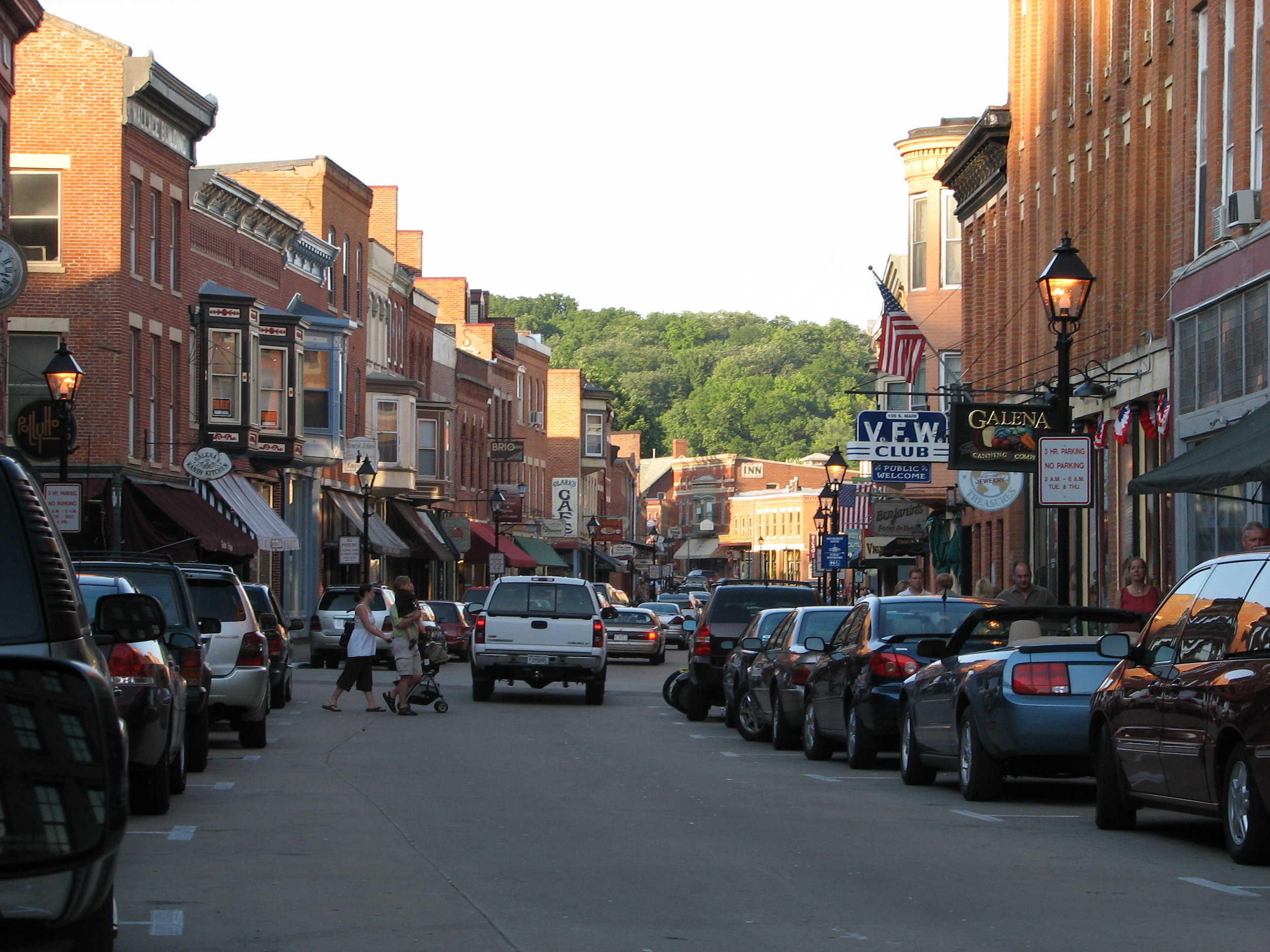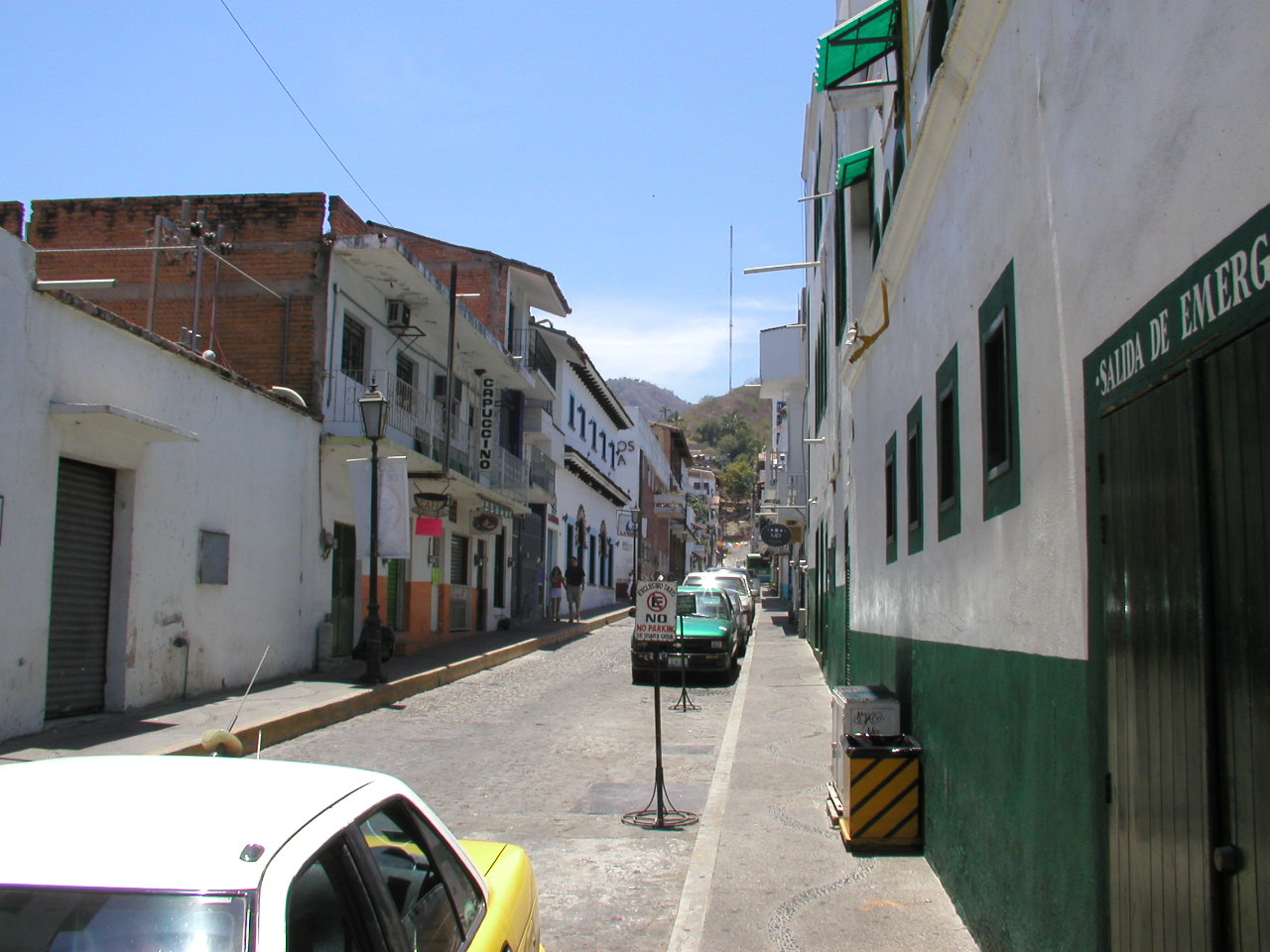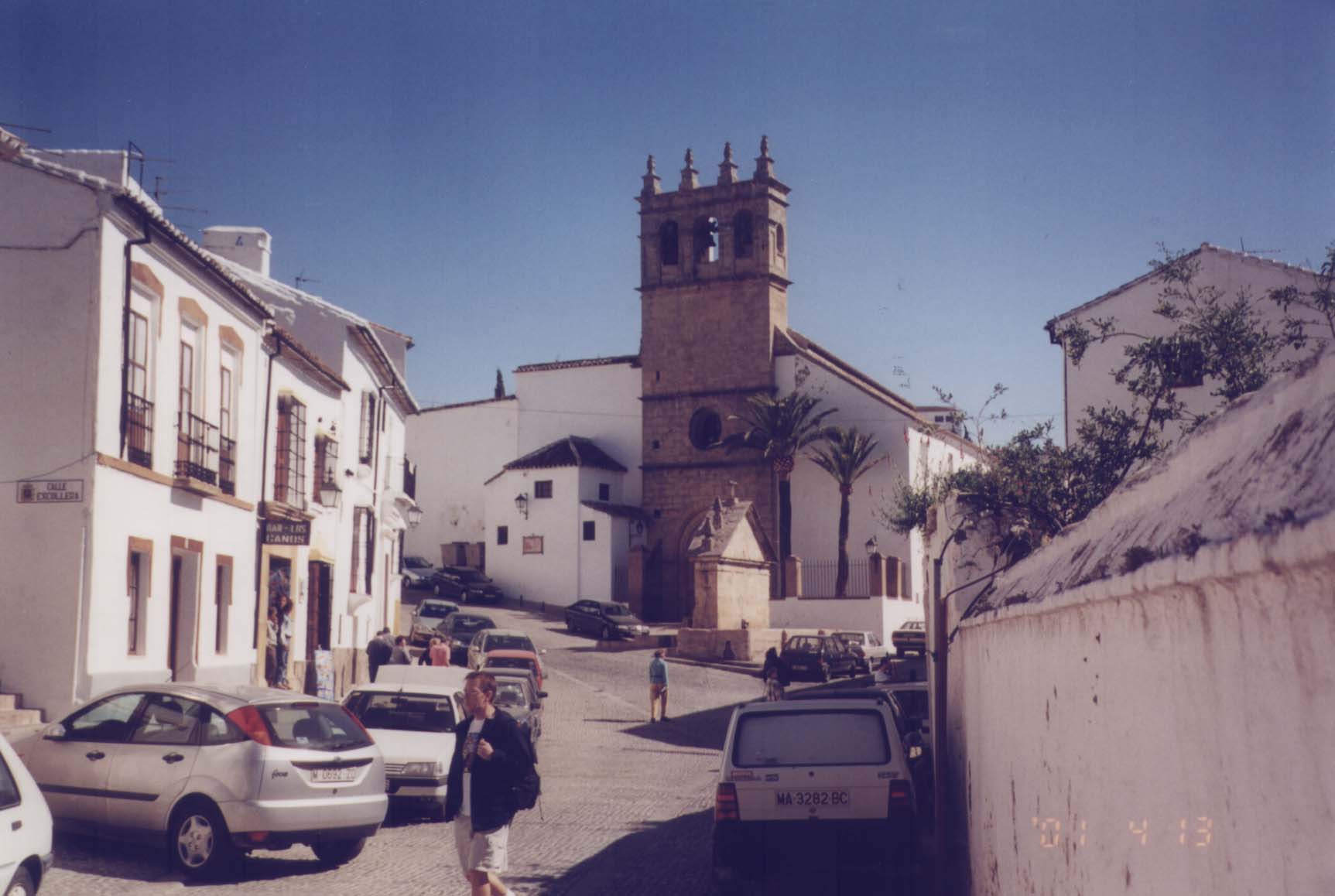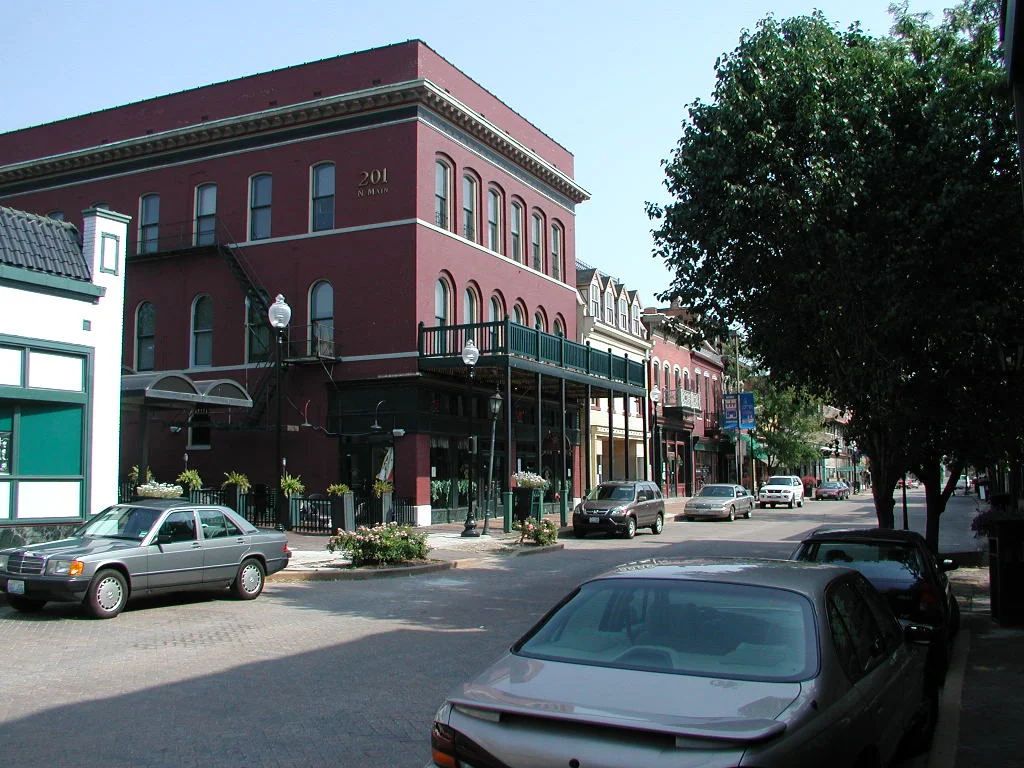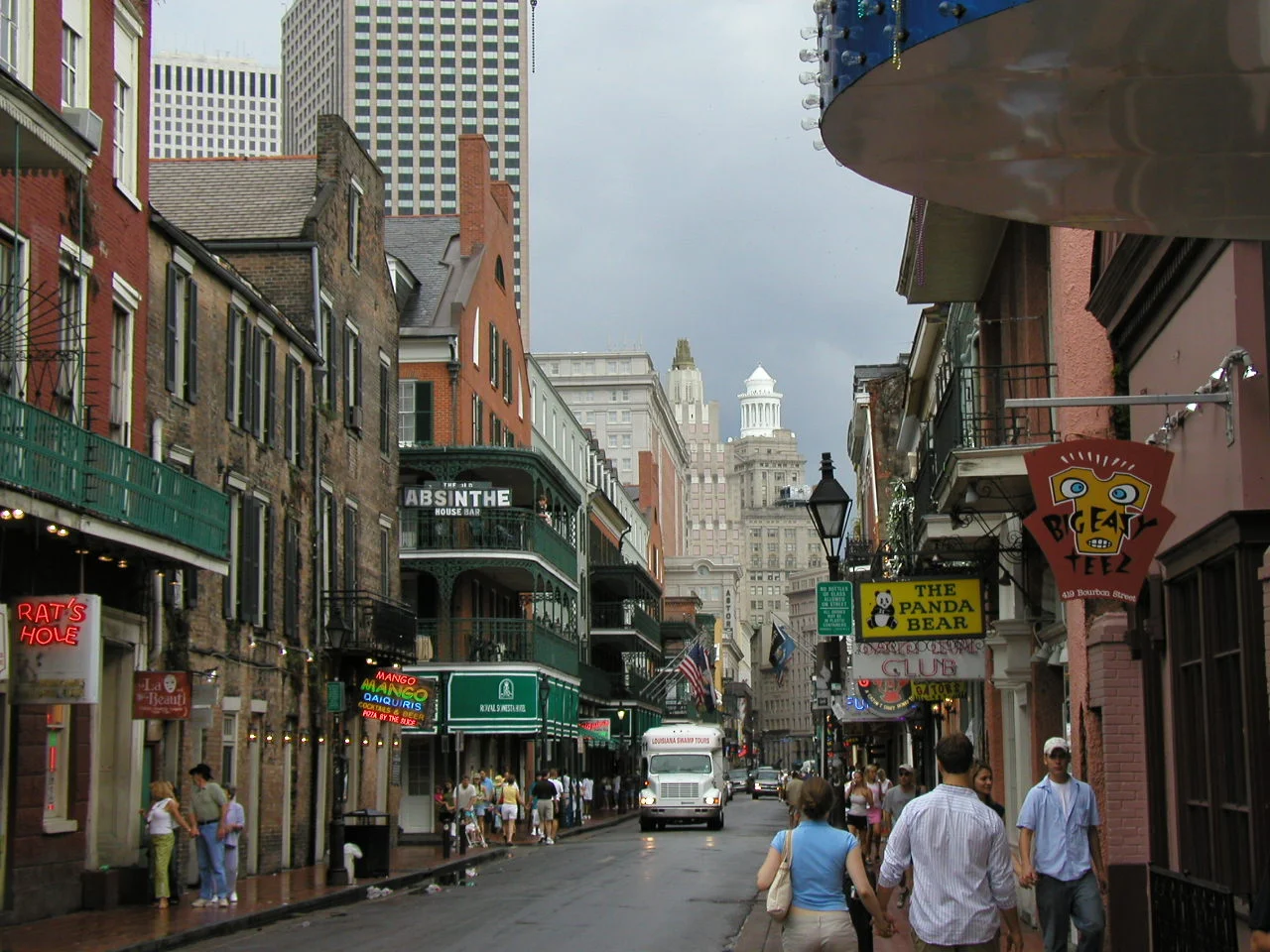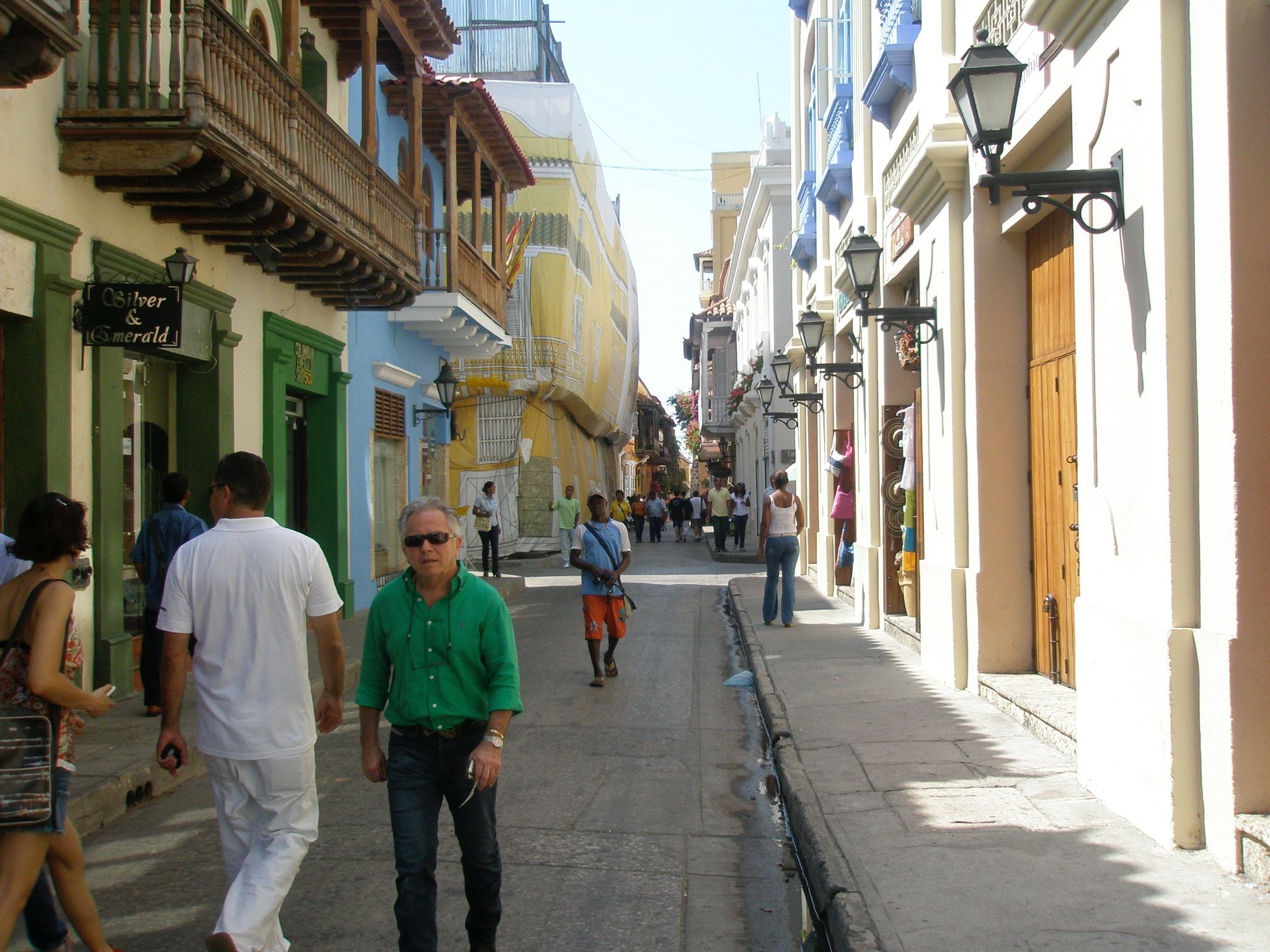What is a "Messy" City?
Years ago, I remember many people using the term "gritty" as a way to describe places. As in, "I like gritty cities." Or, "that place is nice, but it doesn't have enough grit for me." Often it was used by urban-lovers that were reacting to the very sanitized nature of a lot of modern American suburbia. I used it; I identified with it, even in my very careful, Midwestern way. Gritty implied some imperfection, and perhaps even some danger that lurked in buildings and blocks of older cities. My thoughts were not terribly well-formed in the 1980's or early 90's, but "gritty" somehow seemed right to me. Especially at that time, I liked the idea of exploring places that were far different than the kinds of streets and neighborhoods where I grew up.
Now, it's 2018, and I'm a much older (and hopefully wiser) person. I've not only been working in architecture, planning and economic development for 25 years, but I'm also a fairly new father and proud parent of two young girls. The landscape of our urban environments and attitudes towards them have also changed remarkably. Time flies, and life changes in so many ways that in retrospect seem very surprising. That's a theme I'll come back to shortly.
My interest in cities, though, has never waned over the years. As time has progressed, I've become again interested in that old "gritty" term, and what it means in our new era of urban rediscovery. And while the renewed interest in cities is one of the great societal improvements in my lifetime (along with a renewed interest in real food), I find myself often very dissatisfied with the newly built results. It's all very encouraging and exciting, but somehow - off. We are not building new places (or redeveloping existing ones) that have the actual, lived-in qualities of the urban places that we most love. They definitely aren't gritty.
Many people argue it's because of the individuals involved - bad designers, bad developers, bad regulatory officials. That's not entirely wrong - the right people really do make a difference. Better designers and developers produce better places. Open-minded government officials help to solve problems and make change better and easier. But I find myself more and more trying to look beyond the specific plans or projects that are built; beyond the street designs and the building designs; beyond the individuals, and to the systems behind them. I've always been a curious student of systems, and it's clear to me now that our many modern systems are primarily at fault for the results we see on the ground.
So, what's the problem?
At a foundational level, the problem for cities today, and going forward, lies with the legacy of 70-90 years of processes, philosophies and attitudes toward urban life. Our systems are largely built on trying to control every outcome from the top-down, trying to weed out any unpredictability or inconvenience and gradually decreasing the ability of the individual to make an impact through small projects or initiatives.
I wrote this on a post about autonomous vehicles:
The big issue most cities face is that we don’t let cities grow and change anymore, in the ways in which they naturally did before the 1930’s. We don’t let neighborhoods urbanize, as they historically did. The idea of by-right, urban development has largely vanished from the world of planning and development, even though it served us well for about 150 years. New York City was once a city of single-family homes, believe it or not. Your city probably was Native American territory, then a tenuous colonial settlement, and then went through a period of constant reconstruction, change and growth.
Our ordinances and processes do not allow that anymore. Sure, there are changes that can be made if you have enough money and patience. But by and large most of our neighborhoods are frozen in place, because we value protecting single family homes, “proper middle-class” neighborhoods and easy parking more than anything else. The consequences of not allowing the natural order of change to happen are vast – lack of affordability (supply can't keep up with demand), traffic congestion from far-flung locations (development is forced to the edges where it's easier to build), damage to opportunity for the middle class (it's not as easy to move to prosperous cities because of cost) and a vast, expensive infrastructure that cannot possibly be maintained.
Important point: I don't think this is a conspiracy nor do I think it's because people are evil or government is always terrible. In my opinion (in America) it's the result of getting very wealthy very quickly after WWII, laced with a strong societal faith in top-down, command and control systems. Winning a world war on two fronts in less than four years will certainly give a people the belief that they can solve anything, and that the right order and plan will make it all happen quickly. When the war was over, we asked our government to do the next, big thing: solve all of the problems of our cities.
But in so doing, we forgot what made a lot of the places that we most love. And that is - thousands of individuals or small groups or families building places, one building or two buildings or one small street at a time. In our effort to control everything with maximum efficiency, we've forgotten that none of our most-admired places were built by trying to plan for and solve every possible outcome.
The problem isn't because people in government are stupid or terrible - it's because we as a wealthy society have asked our government to solve too many problems, and especially problems that governments are not set up well to solve. We ask our governments to arbitrate and legislate too many personal disputes and preferences, which we should be handling ourselves. The problems, and the solutions, lie with We The People.
In order to get back to building and rebuilding the kinds of places we love the most, we have to start embracing the messy, unpredictable and uncomfortable always-changing nature of life. That's what gives us grit, in a good way.
The Messy City
I've been blogging now for a decade, on anything touching urban design, planning, architecture and development. At first, the idea was to use this blog as a new media platform to talk about issues related to New Urbanism. I've always loved writing and public speaking, and this new technology seemed like a natural way for me to do more of something that I enjoyed. After all, the newspaper could only print so many of my letters and guest editorials. Over time, the site changed names and grew into something broader that touched a number of issues that interest me personally beyond the core topics. The beauty of having your own blog or website is that you can do anything you want with it. Of course, that's also the challenge. As with all things in life, the site changes, grows, adapts and meets new realities.
With 2018 upon us, it's time to officially focus and re-brand this site, to that it comports to my primary interests in the professional world. And that focus is - messy cities.
Today, I prefer the term messy instead of gritty. Messy to me very aptly describes a state of mind about life itself. It says that no matter what attempts we make to clean everything up and make life ordered, something will intervene and mess those plans up. Human beings are inherently messy creatures, and especially so when we come together and do things in groups. The script or the plan rarely is followed perfectly, even if we love the end result. That's ok - the disorder amongst an attempt at order is enjoyable.
So, what is a Messy City?
First, I owe a debt of gratitude to Strong Towns, who routinely uses the phrase "orderly but dumb" and "chaotic but smart" to describe different modes of thinking regarding transportation and cities. Chuck Marohn is a modest and brilliant guy (must be that Midwestern thing), and his explorations have helped to clarify my own. I've reflected upon his thoughts and my work over the years, and realize that there's an essence or set of themes that I personally keep coming back to. And, it is certainly related to the words chaotic or messy. Obviously this isn't meant to describe messy in the literal sense - a messy room or a trashy street. Instead, it's more the idea that we've worked for far too long to take all of the joy of randomness, spontaneity and even disorder from city life.
In the personal development world, it's common to tell people to roll with life's changes and accept it as part of your own growth. After all, we can't change the fact that we grow and change with age, and that we ultimately die. It's healthy psychologically, spiritually, and physically to understand and accept this, and make the most of life's ups and downs. Don't sweat the small stuff, right? Learn to live and let live.
We need to do the same for our cities.
In essence, that will be the focus of this site going forward. I'll explore the nature of systems (both from pervious eras and today), and what different choices give us. I'll look to how we can tweak our current systems for messier outcomes, and I'll also look at how we can break and rebuild the systems that are the most controlling and dysfunctional. I'll share ideas on how to balance the need for planning and big ideas, while allowing for local initiative and bottom-up change.
I don't pretend to have all of the answers. That's kind of the point. The best places may have had a common, brilliant plan (like Savannah or Philadelphia or New Orleans), but they were built out of many, many people's ideas and efforts. We've lost sight of that, in our desire to achieve a mythical utopian state for cities where everything is perfectly in balance; where there's no traffic; and where parking is free and easy.
I hope to spark a broader conversation, and I know that much of what I share will be challenging and difficult to friends and colleagues. Some of you will wildly disagree, and that's fine. I simply think we need to start asking harder, more basic questions about all of our modern systems, institutions and processes. An awful lot of specific techniques and interventions that my colleagues pursue are ones that I agree with, but it's critical that we also figure out how to adapt more quickly and with paths that are more, well, messy.
If you got value from this post, please consider the following:
- Sign up for my email list
- Like The Messy City Facebook Page
- Follow me on Twitter
- Invite or refer me to come speak
- Check out my urban design services page
- Tell a friend or colleague about this site


